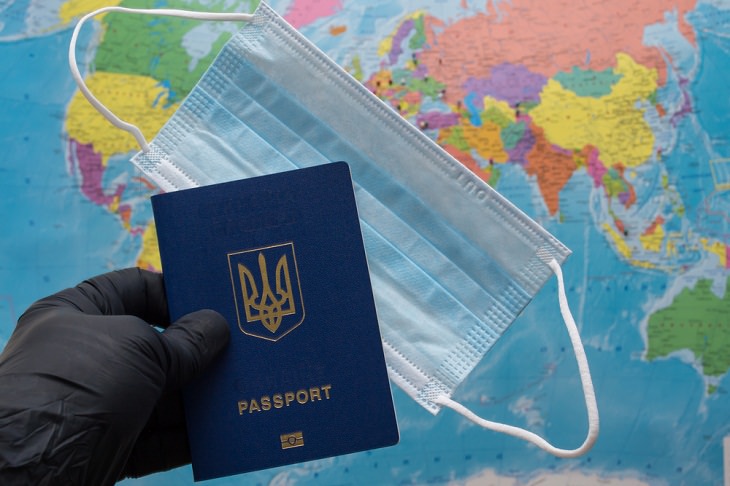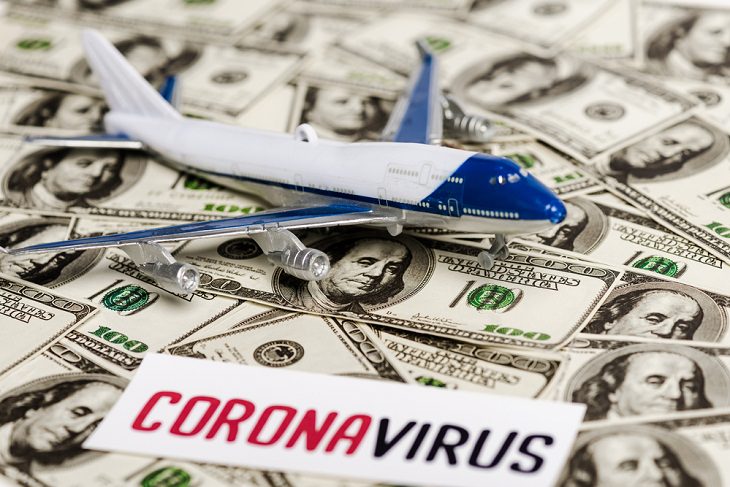What is a “travel bubble" and why could it be the new way of traveling for now?
Travel bubbles, also called travel bridges or corona corridors, are exclusive alliances between neighboring or nearby countries that have shown some success in containing the spread of the coronavirus. The belief is that with the help of this approach, neither country will need to close its border to ‘protect’ its citizens from a higher frequency of cases due to travelers from another country.
“The idea to start reallowing travel is not to open up all borders to everybody, but that countries form free travel zones,” said Per Block, an Oxford University researcher in social mobility.
This agreement with neighboring regions will include granting travel across borders for non-essential trips without quarantining upon arrival. People will be able to move freely within this “bubble” but cannot enter from the outside. Also, countries don’t need to have zero cases of COVID-19 to form a travel bubble. However, all involved countries should be at a similar stage of reopening.
This is already happening in European countries where travel is slowly being allowed again. Their caseload, though, is nowhere near zero.
A European Commission report in May 2020 suggested this approach for European Union member-states. For now, Spain, Italy, Greece, and Portugal are among the countries that have accepted opening their borders to travelers from the EU. Meanwhile, Norway and Denmark have opened their borders only to each other.
Interestingly, travel bubbles are also opening up beyond Europe now, albeit slowly and with much caution.
Zero transmitted cases are unlikely at this point in the pandemic and the world can’t afford to wait for the coronavirus to be completely wiped out before resuming low-risk travel. Hence, these travel bubbles will be a vital step towards bringing some form of traveling back into our lives.
Which countries have adopted the travel bubble approach?
Australia and New Zealand were among the first countries to discuss the idea of a travel bubble as both have handled the pandemic quite well. However, the Prime Minister of New Zealand Jacinda Ardern says that the country isn’t ready to allow Australian tourists just yet and would like to be careful as there are still active cases of COVID-19 in Australia.
There are a few other countries that have planned to go ahead with the travel bubble concept as of now. Let's take a look at them.
Austria – Germany
Austria plans to fully reopen its borders with Germany by the middle of June 2020. The travel bubble here would allow for business and leisure trips to be made between these two countries. Austria is also planning to include Switzerland, Liechtenstein, and “neighboring eastern European countries” in its travel bubble.
Croatia – Slovenia
In May 2020, Croatia and Slovenia formed an agreement to set up a quarantine-free travel bubble between them. Croatia is greatly dependent on its tourism sector and almost 20 percent of the country’s total GDP comes from that industry. Hence, this travel bridge will bring some much-needed relief to them.
China – South Korea
China and South Korea have already launched their tightly controlled travel corridor in May 2020. However, this bridge comes with a lot of conditions, including two weeks of screening and a virus test at home before flying, a two-day quarantine in China after arrival, and another blood test to confirm if the visitor is free of the virus. Furthermore, this travel bubble applies only to selected cities in both countries.
China – Singapore
People can now travel for business without having to quarantine for 14 days between Singapore and select Chinese provinces (Shanghai, Tianjin, Chongqing, Guangdong, Jiangsu, and Zhejiang). In this case, however, travelers will be checked using COVID-19 tests before and after flying and will also be required to use an app that will track their movements during the trip.
China is also planning to expand its travel bubble further in the coming days and incorporate Taiwan, Hong Kong, and Macau into the safe zone.
Denmark – Norway
These two Scandinavian countries have agreed to establish a travel bubble and reopen tourism between them. However, both of them maintain restrictions for Sweden as the number of coronavirus cases there is still quite high at the time of writing.
Apart from the countries mentioned above, there are a few others who are amid discussions on restarting regular travel. Indonesia, for instance, is preparing to start a travel corridor with China, South Korea, Japan, and Australia soon. Meanwhile, Thailand is planning to re-open its borders to foreign visitors with the help of travel bubbles. This will only be done with countries and regions that have managed to contain Covid-19. The places they are considering include New Zealand, Cambodia, China, Hong Kong, Macau, Japan, Laos, Myanmar, South Korea, Vietnam, and other countries in the Middle East.
Note: This section will be updated regularly as more travel bubbles are confirmed.
Taking baby steps towards rejuvenating the tourism industry
While travel bubbles aren’t exactly the best solution, they are certainly the right step forward in the current scenario. There is hope that as and when the corona cases begin to dwindle across the world, many more countries will adopt these travel bridges.
These are baby steps, of course, and we are still quite a long way away from being able to travel normally. However, these corona corridors will be a great step to begin the recovery of the battered tourism industry everywhere in the world and will also help bring some much-needed joy to traveling enthusiasts in these troubled times.




